|
When I first started teaching, reviewing for a test meant one thing. I would stand at the front of the room and reteach each unit, section by section. I would carefully annotate important points and questions that would likely be on the assessment. After reteaching the material, I would hand out a large packet of questions for students to work on. I found that while this helped some students, many students were either bored or confused. If they didn't understand it the first time, hearing me teach it again the same way probably wasn't helping. If they already understood the material then listening to me teach it again was not helping them learn it any better. I recently ran across a couple of blog posts from MathMedic reminding me of why I do things differently now.
My Mathematics 10 class recently reviewed for a unit test and now we're reviewing for a cumulative assessment on the first half of the course. I typically start with some individual self-assessment where students can review outcomes and identify areas where they need additional practice or review. Next I give students a variety of ways to practice the areas they identified for themselves. Then I like to finish with a (hopefully) fun review game to wrap things ups. Student Self-AssessmentFor our Relations and Functions assessment review, I started with an overview of the outcomes for the unit so students could identify areas where they needed additional support.
Another way we reviewed was to have students in small groups at vertical whiteboards make a list of the most important topics, formula and skills from each unit. This ends up being a study sheet. After groups complete it, they share with the class to see if any groups has something that would benefit everyone. I then collosidated all of these into one class sheet that could be shared on our Google classroom. Individualized ReviewAfter this, I gave them some options to reivew and practice the areas they identified as a challenge. Sometimes this looks like the day in class we practiced domain and range.
Students that want to hear the topic being taught again have lots of options online. There are tons of YouTube channels full of teachers providing lessons on specific topics. I recently found out that a teacher from my school has his own YouTube channel with videos from our curriculum (way to go Mr. Boudreau!). There are also videos on the Nova Scotia Homework Hub, the CEMC Waterloo Courseware site, and many others. Group ReviewTo finish off, I like to play a class game where students work together to study and have some fun while doing it. A game like math basketball is a favourite in my class. We've also done self checking activities like Add 'Em Up or a Scavenger Hunt. Today for the last class of the semester before our assessment, we had a "math market" activity. Students can "buy" questions of different difficulty levels and topics from the market and "sell" solutions back for a profit.
Hopefully students learn lots and find class challenging. I still have lots to learn about teaching and am really trying new things out with my class this year. Let me know if you have a favourite review activity I should know about.
Yesterday I gave a presentation on self-checking math activities for the 2023 NCTM Virtual Conference. I find presenting at conferences valuable because it makes me reflect on my work and think deeply about why I'm selecting or creating certain activities for the classroom. I thought I was finished with my presentation when I saw a variation of a loop card activity that I decided to give a try. Loop cards make for a great self-checking math activity. In a "loop card" activity, the rectangular cards each have two values or expression on them, much like a domino. Students evaluate the expression on the right of side of the card and find a different card whole value on the left side is equivalent. These cards are then joined together (for example, x+3=7 on the right side of one card would join with x = 4 on the left side of another card). Students continue this way until a loop is created with the cards. For a nice example of loop cards, check out Don Steward's post at https://donsteward.blogspot.com/2015/02/loop-cards.html. The variation on this activity that I saw was NRICH's Doughnut Percents activity. In this activity, four students work as a team. Each student is given four cards and tries to make a small loop (for a total of 16 cards). They will typically not have the correct cards and need to trade cards with other members of the group. When complete, there will be four, four-cards loops created, one for each student. The twist with this activity is that the students have to do this quietly. They can just grab cards from other members of the group, but wait for the other student to give them a card that they need. It is very difficult for students to work together silently. I was inspired by this activity to give it a try with other classes. I created a "Derivative Donuts" activity and gave it a try with a Calculus class to review power, product, quotient and chain rules for derivatives. The google slides file can be found here: https://docs.google.com/presentation/d/1lMrJhNWY3jPCqlZrui8EBPe5YeCUdLxt3-akhkGwPxU/edit?usp=sharing. The cards are organized by loop in this file... with a larger group, I would mix the cards up and then have students cut them out... many hands make light work. I used the percent activity above to teach students the rules for the activity using content that they were confident with. Then I gave them the derivative activity which they found challenging. I thought that this activity was a nice change from a typical card sort or question stack type of activity. I like that students worked together as a team to try to create the loops. Because students weren't talking, one student wasn't able to dominate the team and take over the process. Each students had to participate for the group to be successful. The next time I try this activity, I'm going to try having teams of three students with five questions each. I think groups of three might be easier to form small groups (although I'll need more sets of cards). I also recently saw NRICH's Simplifying Doughnut activity which I'm looking forward to try with students. EL
I'm a fan of self-checking activities. These activities give students immediate feedback on how they're doing. A well designed self-checking activity puts wrong answers to work. Like a game of Mastermind, each incorrect answer should give students some feedback on their attempt and prompt them to keep working towards the correct solution. One type of self-checking activity is a "secret message" activity. You've probably seen this type of activity where students complete questions to assign letters to their answers and then these letters can be used to decipher a message. Often these messages are groan-worthy puns or jokes. My first year of teaching, I was bequeathed a well worn copy of Algebra with Pizzazz!, an entire book of just this type of secret message activity. My issue with these activities is that students immediately try to decode the message without completing the math questions. The goal for these students was to determine the message instead of practicing the math (although they did improve their cryptogram skills). The point of the message is for student to use this to check their work. If the message is garbled, they know they've made a mistake and need to go fix it. The FixThere is a relatively simple solution to this... just cut the message off the page. Give students the top part of the page with the question on it first. Once they've completed the question, hand them the bottom part of the page with the message on it to check their work. Additionally, instead of just a joke, I like the message to be some sort of instruction for students to do. On the activity below, the instruction is for the student to draw a silly picture in a box at the bottom of the page (in this case, "draw a picture of a crab at a birthday party"). This gives students a creative task while other students are finishing the work. Here is a link to the activity shown below. Once I build the template, this activity didn't take long to create. I used ChatGPT to create the questions. Just stated, "Create the first 10 terms of twenty-six different arithmetic sequences." I also asked next, "Now write the equation for each of these sequences." Then I cut and paste the first four terms into the first page and the tenth term into my answer key... easy peasy. Do you have a favorite secret message activity? How do you facilitate these activities in your classroom to get the most out of them? EL
An "Add 'Em Up" activity is one where several problems are given and students sum the solution to come up with an answer. They can then check their answer to see if they have the correct total. If not, they can work to find their mistake. This "self-checking" activity lets students know there is an error but not exactly where to find the mistake. There are lots of different versions of this activity. You can vary the number of questions that students have to add together. The more questions there are, the more difficult it will be to find any mistakes they might have. I feel that the harder the questions are, the fewer should be in a set(3 or 4 questions in a set seems to be the sweet spot). You could have students work in small groups or individually. You can give students several sets of questions all at once or sequence them one at a time or as a stations activity. Below is an activity I recently did with a Calculus 12 class to review several different derivative rules: Derivative Rules Add Em Up Activity Each of these sets of problems was printed on a different colored paper and each small group of students started with sheet 1. When they had a solution for the sum of the problems on their sheet, I checked their answer. If they were correct, I gave them the next set of problems. If they were wrong, I told the to find their mistake. If they were struggling I could give them a hint on where to look for their mistake or guide them with some probing questions about their work. The colored sheets made it really easy to scan the room to see how far each group had progressed and focus my attention on groups that may need some additional support. In the past, I've just printed the sum in the middle of the page but I really like having the check in with students when they have finished each set of problems. Students checked their final sum on a box with a 3 digit combination lock on it. If correct, they could retrieve a piece of candy for each member of their group from inside and then relock the box for the next group. For some other examples of "add 'em up" or "sum it up" types of activities, check out these links:
EL
Self-checking activities allow students to have immediate feedback on how they are doing. When these activities are completed in small groups, it gives students an opportunity for meaningful mathematics discussions. Students determine if they have the correct answers and if they don't, they can work together to determine where their mistake is. This allows the teacher to focus on groups that have misconceptions or misunderstandings as students will often find and correct their own computational errors. A self-checking activity that I've recently been using is called "Odd One Out." I was inspired by a couple of activities that I found on TES. The first example was a page showing a number of expressions to evaluate using the order of operations. In the center of the page was a bank of possible solutions. There were 15 expressions and 16 solutions. The solution left over when all the expressions were evaluated was the "odd one out." The other example showed four sets of five linear equations to solve. All of the equations in each set had the same solution except for one. The goal was to identify the equation with the "odd one out" solution. Below are two "Odd One Out" problem sets that I created. The first one is to practice solving systems of equations and the second is to practice solving precentage problems. You could also use this activity as a quick warm-up with fewer numbers. Jo Morgan (@mathsjem) shared an activity from MathsPad on her Math Gems #74 that had a sets of 9 radicals (surds): 4 simplified, 4 unsimplified and 1 odd one out. You could also use the same format as above with fewer questions. A couple of short examples below. Craig Barton (@mrbartonmaths) highlighted Odd One Out activities in a "Maths Resource of the Week" in late 2016. He describes a few different varieties of this activity and also points to a variety of different examples of this resource. Have you used an odd one out activity with your students? How did you use it? EL
I recently had the opportunity to try out a digital breakout with a Precalculus 12 math class. The classroom teacher and I wanted to create an opportunity for students to have some interleaved practice as a cumulative review for the course. We liked the idea of a breakout game but we wanted to make sure that all of the students got a chance to do a wide variety of problems. Our solution was to do a digital breakout in small groups of 2-3 students. This was the first time that I had created a digital breakout game so I went hunting online for some examples that might spark some ideas. I found Tom Mullaney's (@TomEMullaney) Digital Breakout template page to be very helpful in figuring out what I was going to do. It gave me lots of ideas and inspiration. I also found I found a post from Meagan Kelly (@meagan_e_kelly) showing an example of a math digital breakout that I was just what I was looking to do. I learned how to create a google site and conquered a number of new technical challenges. While creating the site took some effort, the classroom setup was easy and there were no materials required. I thought the breakout went well. The students were very engaged and they reviewed lots of different concepts from throughout the year. They liked working in groups and having a variety of different types of puzzles to solve. Many students were consulting their notes and examples from the textbook to find solution strategies. They were also using online tools like https://www.desmos.com/ to help them graph and visualize mathematical relationships. All the problems were self-checking. If the combination for a lock didn't work, they knew that they had made a mistake and had to work together to find and solve it. They also all got to work at their own pace. To add a bit of additional flair, we added a final physical lock and box for students to unlock with a small treat inside. If you'd like to give this breakout a try, check it out. The link is: bit.ly/PC12Breakout. EL
Some colleagues recently told me about an activity they had used in class called "Math Market". I'm not sure who originally created it. The teacher who shared it with me learned it at a math conference several years ago. I decided to give it a try with a Calculus class that was just finishing up a unit on integration. Here is how the activity is run. Students work in small groups (we had groups of three). Each group starts with $5 and selects a captain who can buy questions of different levels of difficulty from the market. Easier questions cost less and have a smaller profit. More difficult questions cost more and have a higher profit. The captain takes the purchased question back to their group to solve. Once they all agree on a correct solution, the captain returns to the market to sell the solution for a profit. The card is added back to the bottom of the market pile and some other group will have an opportunity to buy it. If their solution is correct, they buy a new question and continue working. If the solution is incorrect, they have to buy the question again to attempt a revised solution (or they can purchase a new question at a different level of difficulty). We decided to purchase the solution at a reduced price ($1 less) if they forgot to include the "+C" at the end for the constant of integration. The easiest questions were free so that if groups went bankrupt with an incorrect solution, they would still be able to "buy" another a problem. I printed the questions on coloured card stock and cut them out. Each question was marked with its level of difficulty. I also added a letter to the card so that it would be easy to find its solution to check the answers. Resources
How it WentI like that students got immediate feedback on their work. If it was wrong, they had to work with their group to correct their mistake. This was a test review for the class so there were lots of different types of problems mixed together and students had to determine what strategy would be best to solve each problem. It is a nice way to introduce some interleaved practice. This activity could be done with nearly any topic but it worked really well for integration as the questions were challenging and took them some time to solve. This made the market area less crowded.
I'm sure there are lots of variations of this activity. If you have some suggestions, I'd love to hear about them. EL
Being on Twitter and following hashtags like #MTBoS and #ITeachMath allows me to see classroom mathematics well beyond my physical horizons. I get to glimpse creative and engaging mathematics education around the globe. Recently I saw a couple of different ideas that I've tried to adapt and apply for myself. Mysteries
Since the Nova Scotia grade 8 classes are working on integer multiplication and division, I decided to create a math mystery of my own. Another nice source of math mysteries is the book Mathematical Team Games: Enjoyable Activities to Enhance the Curriculum by Vivien Lucas. Treasure Hunt
I liked this idea because it is relatively easy to create; just a find a series of questions with unique answers. Also, students get instant feedback. If their answer isn't on the map, they know they've made a mistake. I would call this purposeful practice as there is a goal to achieve at the end of the activity. There is a reason to persevere. Once students are familiar with the activity, you could give them a blank template (or they could hand draw their own version) and they could work in small groups to make their own treasure hunt activity (and answer key) and share it with each other. The Role of PracticeI recently read Mark Chubb's (@MarkChubb3) blog post on the role of practice in math class. He discussed the differences between "rote practice" and "dynamic practice". Rote practice involves following procedures, drill and repetition while dynamic practice involves active student thinking, playful experiences and puzzles. I think that the Mystery activity is a more "dynamic" activity than doing the Treasure Hunt activity. However, I think that creating your own Treasure Hunt activity does involve additional characteristics of dynamic practice. EL
I'm a fan of self-checking math activities. These activities give students immediate feedback and help them to find and correct errors. Many students will be able to correct their own computational errors, especially if students are working in pairs or small groups. When students are unable to fix their errors due to more serious misconceptions, the teacher can step in to help develop understanding. This helps the teacher use their time efficiently and focus on students facing challenges. I've recently seen one math activity used in a number of classrooms in a variety of forms. I'll call this activity a "question chain" although I've seen it referred to using lots of different names. This activity starts with a set of questions and associated answers. Students start by solving one of the questions. The answer to this first question leads the student to the next question. This process is repeated until the student arrives back at the starting question. The answers form a "solution bank." If the student can't find their answer, they know that they've made a mistake and need to find and correct their error. Below are three different ways that I've seen this activity implemented in classrooms. Questions on Cards
Links: Questions Posted on the Wall
Links: Questions on a Worksheet
Selecting a MethodDuring a recent professional development session with math teachers, we tried this activity using all three methods. Participants were split into three groups and each group was given a different method. All three versions of the activity included the same ten questions (see the files below).
After completing the activity we had a discussion to compare the three methods. All of them took about the same amount of preparation and could be quickly created using questions from a textbook or other problem bank. How would students record their work in each method (on paper, mini-whiteboard, etc.)? How would the teacher assess students work in each method? Would each method work better individually, in pairs or in small groups? How might this activity be used in a combined grade classroom? Which method might be most culturally relevant for your students and how does your knowledge of your students inform your selection of a method? Which method is the most engaging for your students? We had a very productive and rich discussion. Have you used this type of activity in your classroom? Another variation of this method is the "I have/ who has?" oral classroom activity. Have you used a different variation of any of these methods in your class? Do you have a favourite method? Why is it your favourite? EL
Activities that let students get immediate feedback on how their are doing are extremely beneficial. Activities that allow students to self-check their own work allow for this immediate feedback and correction. These types of activities can allow the teacher to focus their time with students who are having conceptual misunderstandings and not get bogged down helping students find and correct computational errors. While students are engaged in self-checking activities, the teacher can also be working with small groups of students on mini-lessons or conversations/conferences. Below are a few of my favourite activities and routines that allow for students to check their own work: Team Post-Its - I recently saw this activity described in a post by Julie Morgan. This activity is very easy to set up and does not require much front loaded time to create. The teacher posts a list of questions for small groups of students to work on. These might even be questions from the textbook. Each group solves the question, writes their answer on a sticky note and posts it on the whiteboard. As other groups complete the questions, they can compare their answers to those from other groups to see if they agree. If they don't agree, they double check their work. I would suggest that each group of students starts with a different question. Add ‘Em Up - In this activity, students do a set of problems, either on their own or as a group. These problems typically have numerical answers. The answers to the set of problems are added up and compared to the sum provided. If the sum is not the same, then the student knows that one or more of the problems in the set was done incorrectly and works to find the error. I first saw this activity described in a blog post from Kate Nowak. I later saw a blog post from Amy Gruen describing a simple and quick way to do this same activity that I used occasionally. There are many descriptions of how to organize this activity including one in a detailed blog post from Sara VanDerWerf. Row Game - I also first saw this activity described in a blog post from Kate Nowak. Typically, a row game is a worksheet of problems organized in two columns. The worksheet is completed by a pair of students, one doing the problems in column A and the other doing the problems in column B. The problems in each row have the same answer so if the students' answers don't match, they can work together to check their solutions to find the error. To make row games a bit easier to create, you can create an additional column with the sum of the solutions from column A and B (similar to the Add 'Em Up activity from above). This allows you to use any two problems and not have to create two problems with the same solution. Kate Nowak has a shared google folder with a large selection of crowd-sourced row games. Added 03Oct017 - I recently saw a great idea from Heidi Neufeld. She asked students who finished quickly to make a new row for the row game and create two different problems with the same answer.
Mathematical Circuit Training / Around the World / Star Chain / Question Stack - There are lots of different names for and variations of this activity. The essential part is that there is a series of problems and the answer for each problem leads you to the next question to ask. The answer to the final question leads you back to the starting question. This activity can be organized as a simple worksheet, a stack of cards to turn over, a set of cards to chain together or questions posted on signs around the classroom or hallway. If you make a mistake, you won't be able to find the next question and you know to try again. This can be done individually or in small groups.
Added 26Sep2017 - Thanks Alicia! Invisible Ink - The description of this activity is from a blog post from David Petro. Students solve a set of problems on a card. When ready, they can check their solutions using an answer card. This card has the correct answers written with "invisible" ink that can only be seen by shining a small UV light on it. Once the student has solve the questions correctly, they move on to the next card containing more complex questions. David says, "Students really seem to like this style of activity as they feel empowered to move from card to card when they are ready and the added feature of checking the answers with the UV pen gives a sense of novelty." If you know of any other self-checking activities that I've missed, please let me know and I'll add them here. EL
|
Categories
All
|
|||||||||||||||||||||||||||||||||||||||||||||
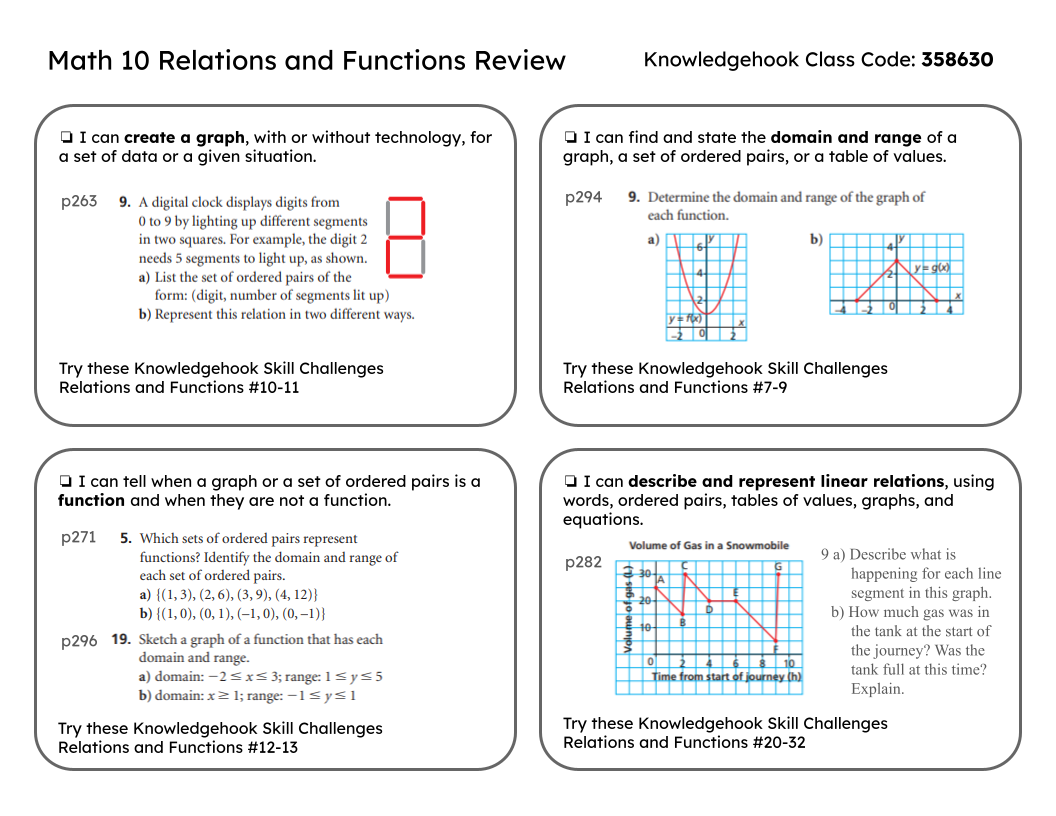
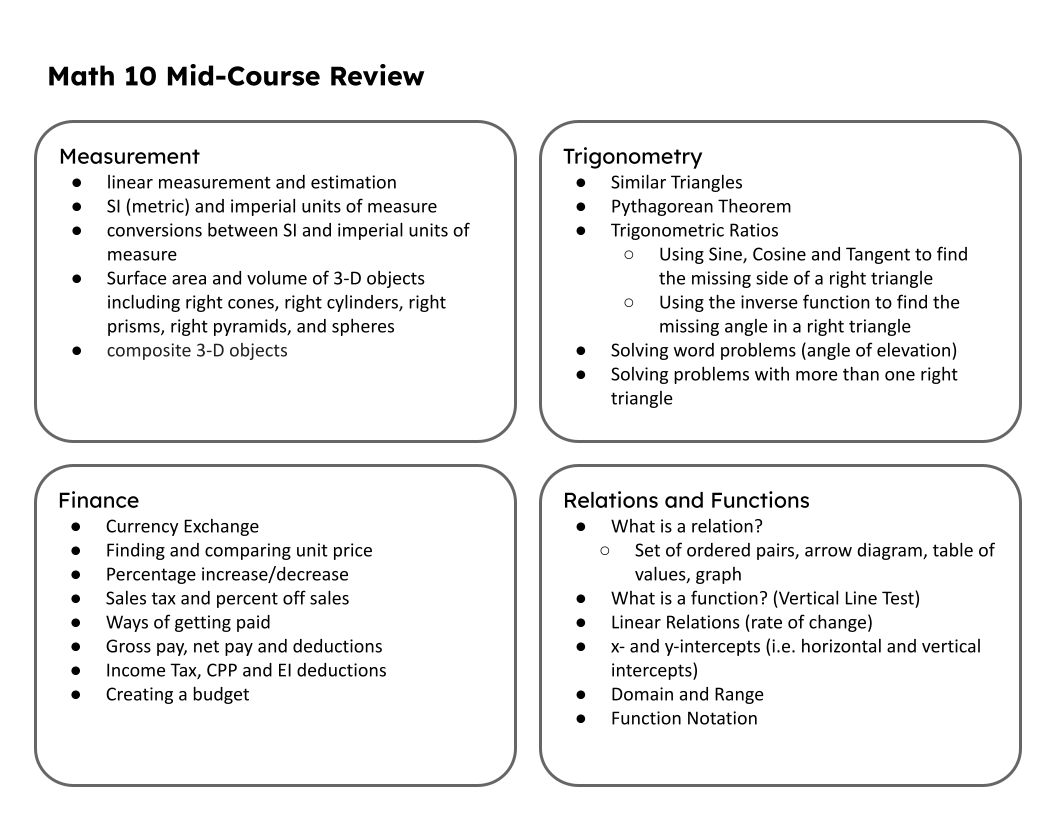
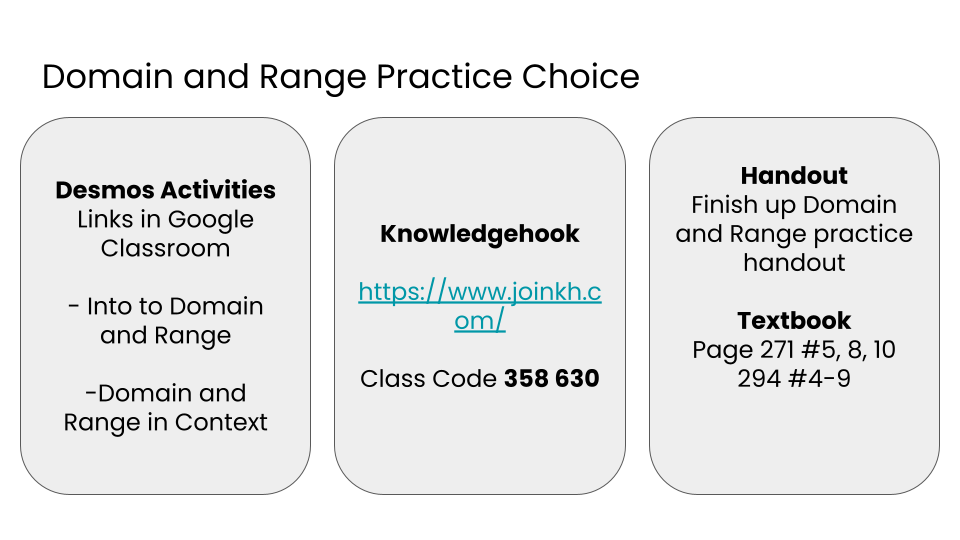
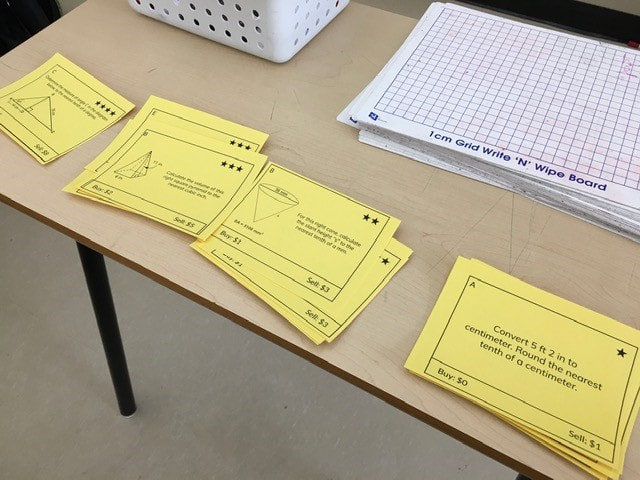
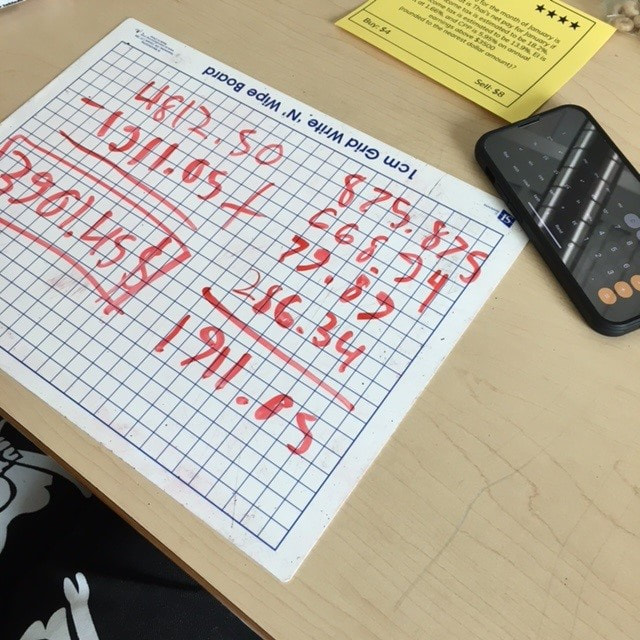
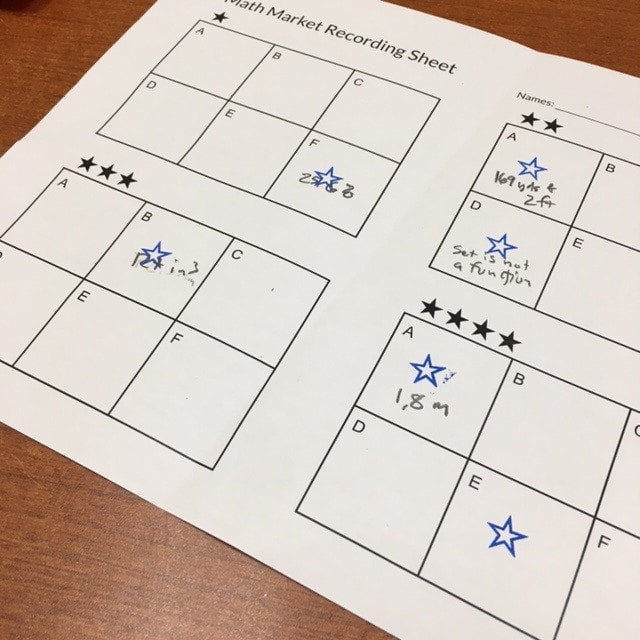
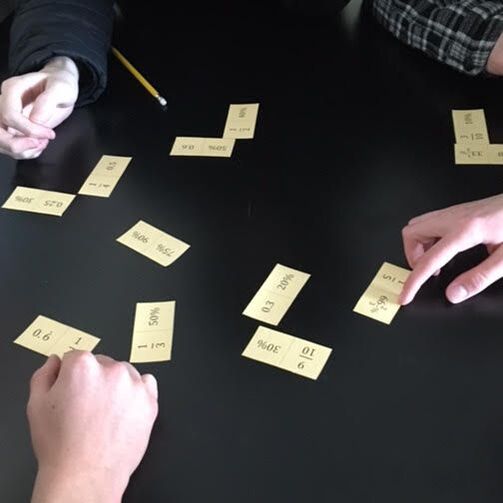
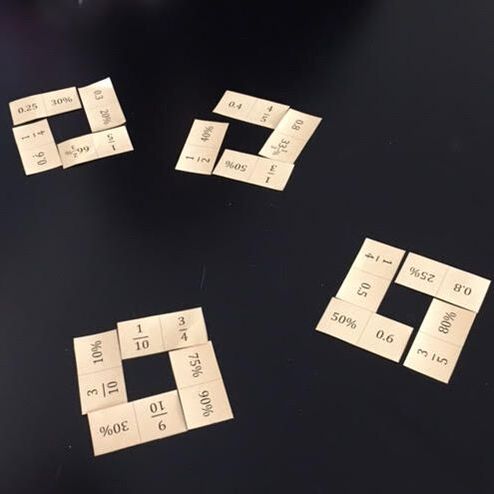
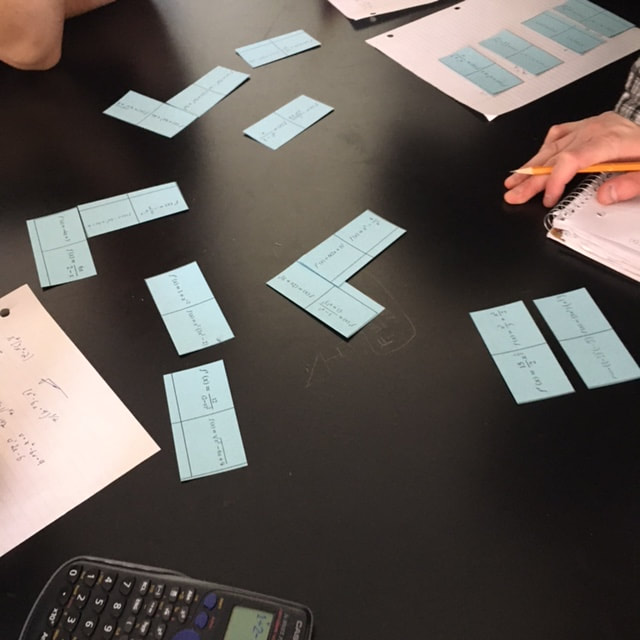
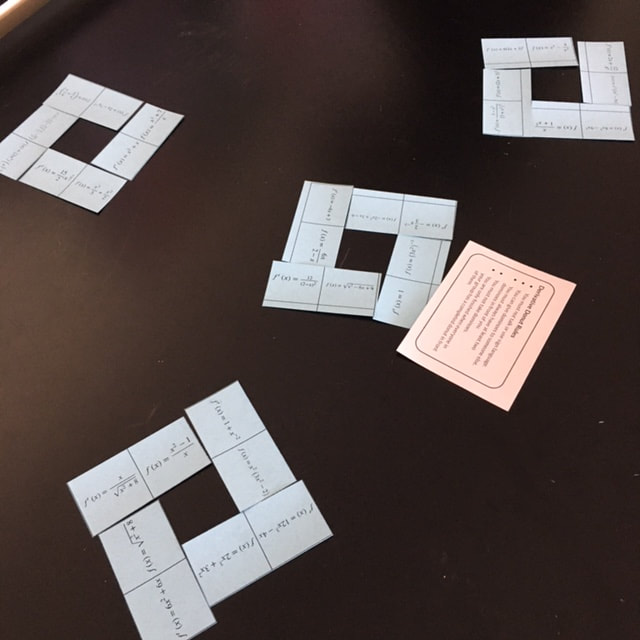
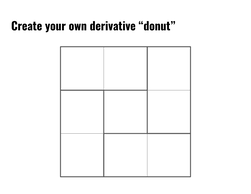
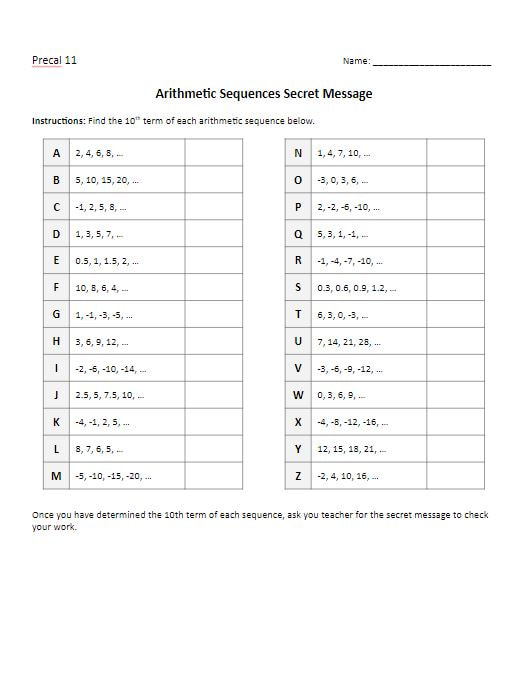
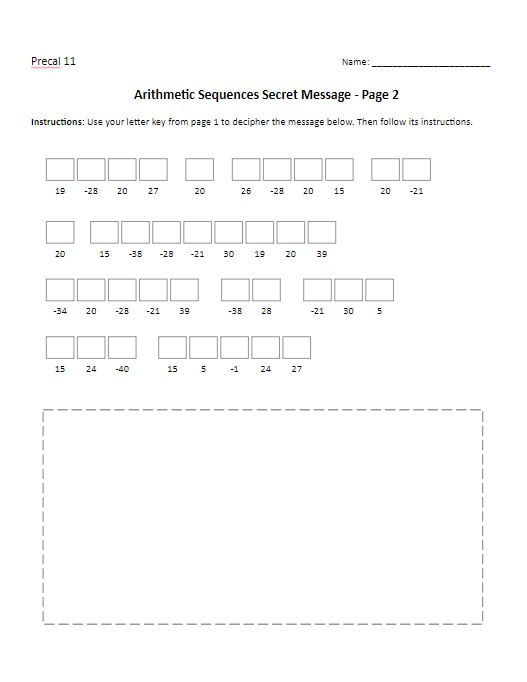
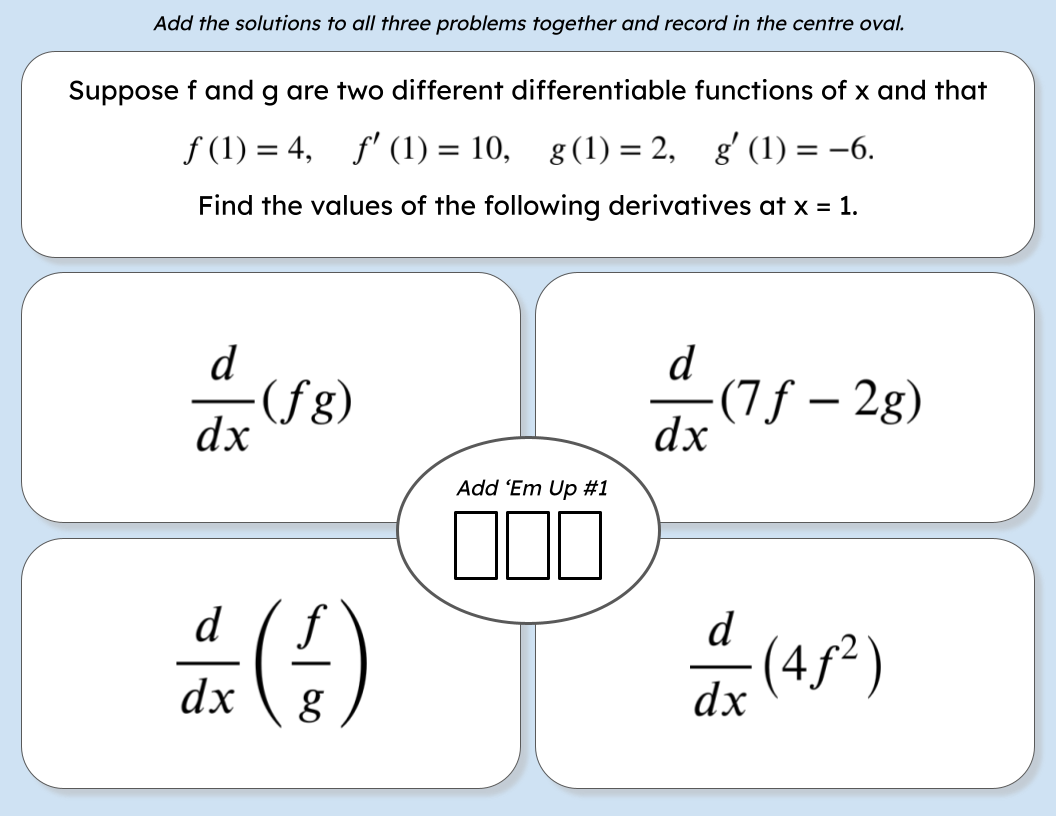
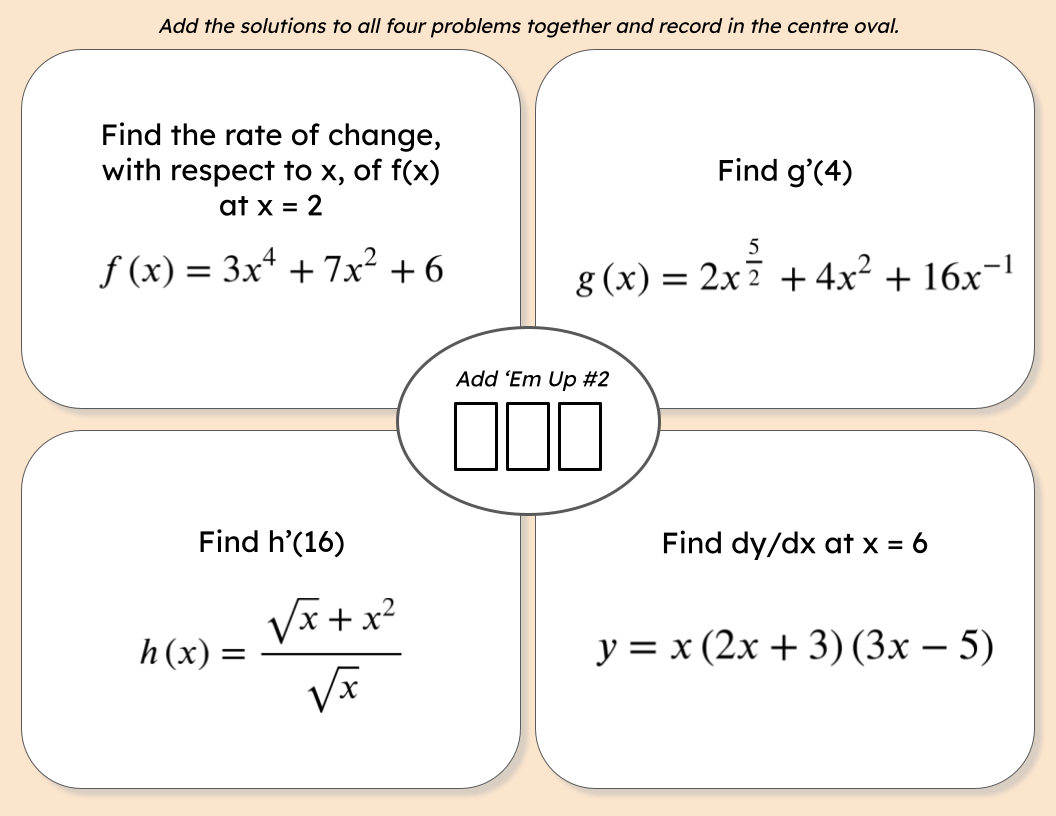
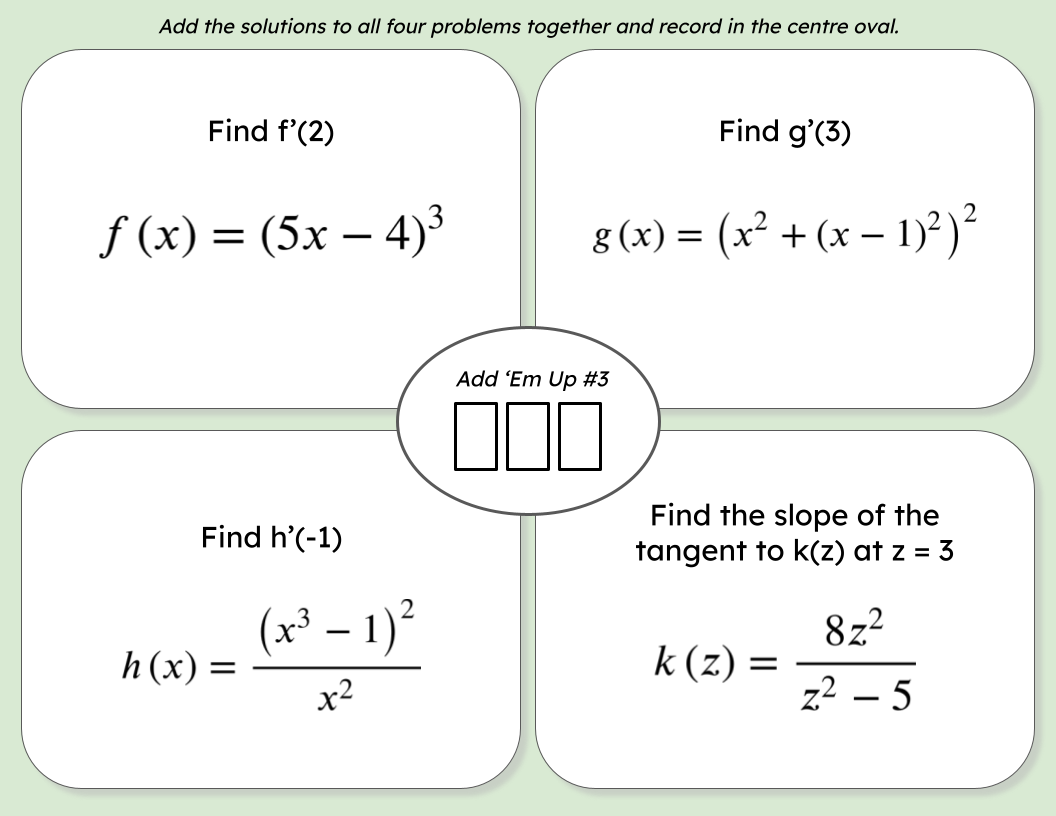
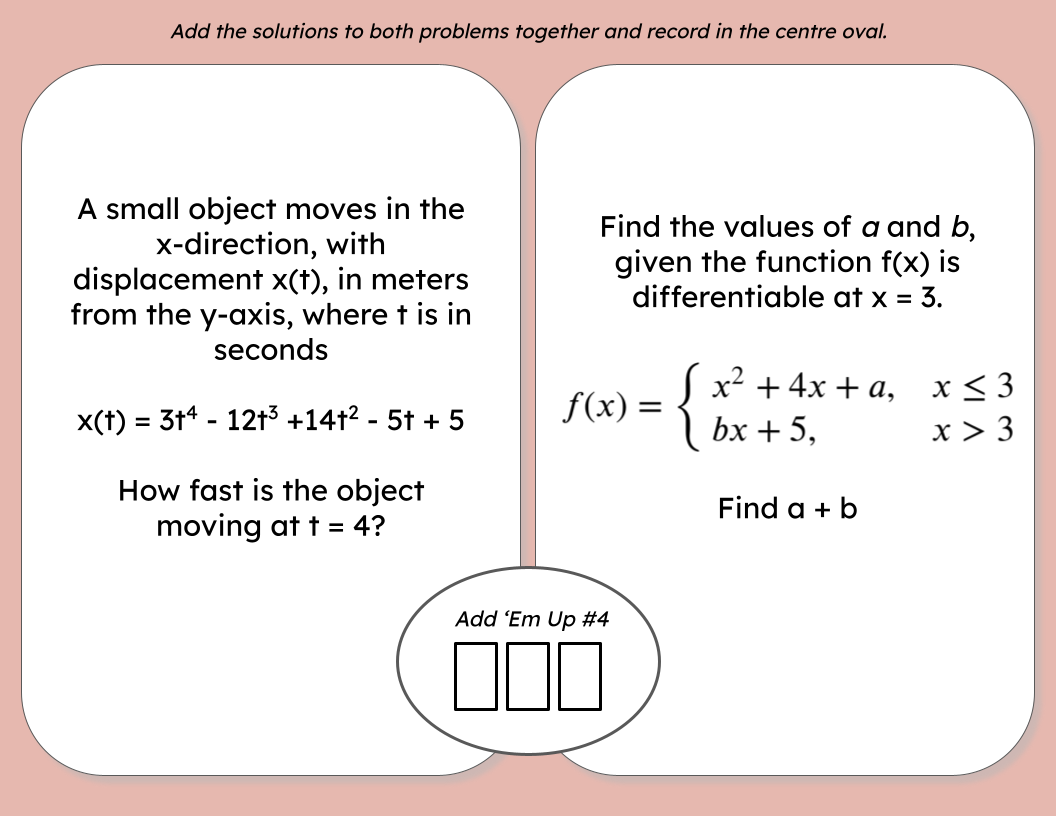
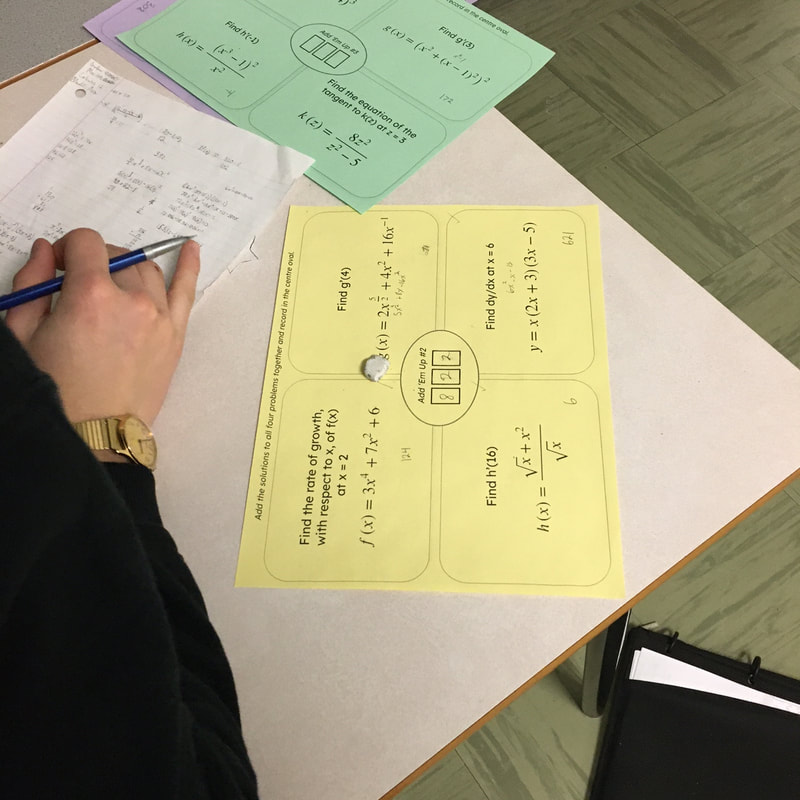
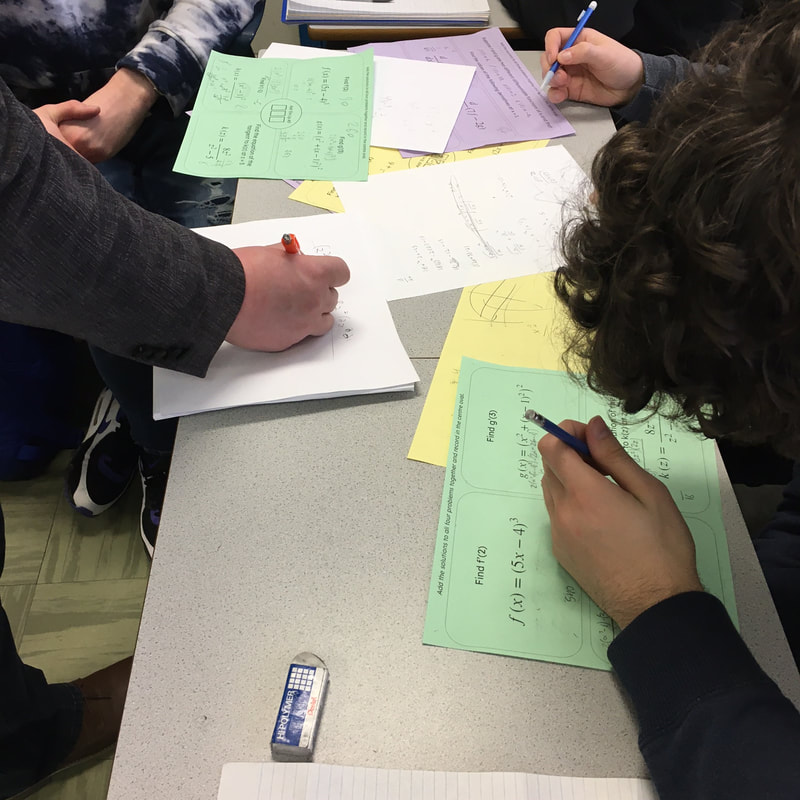
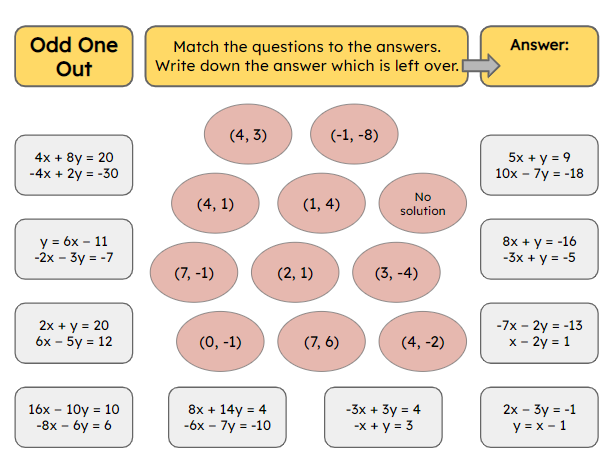
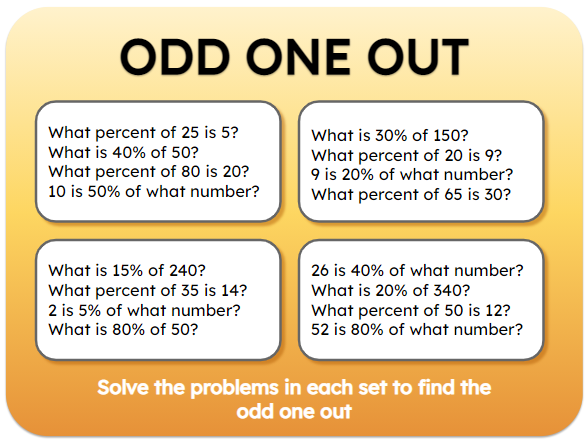
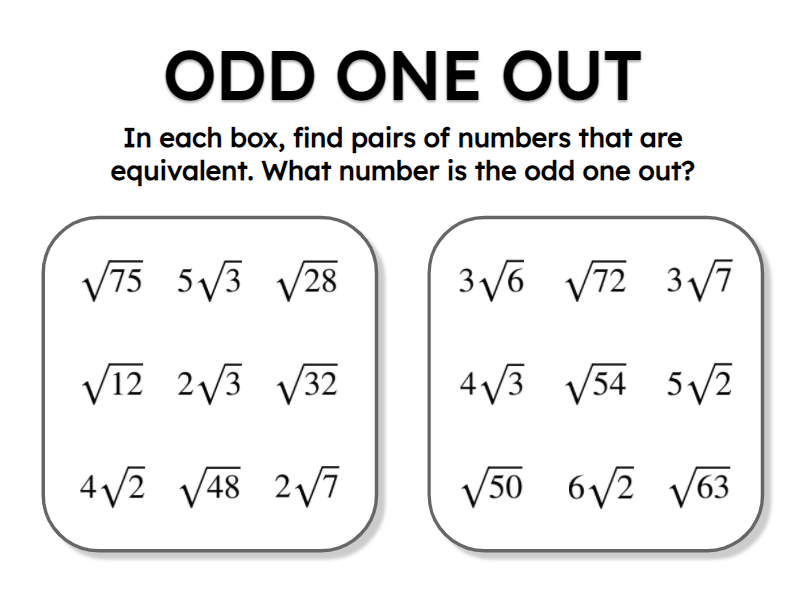
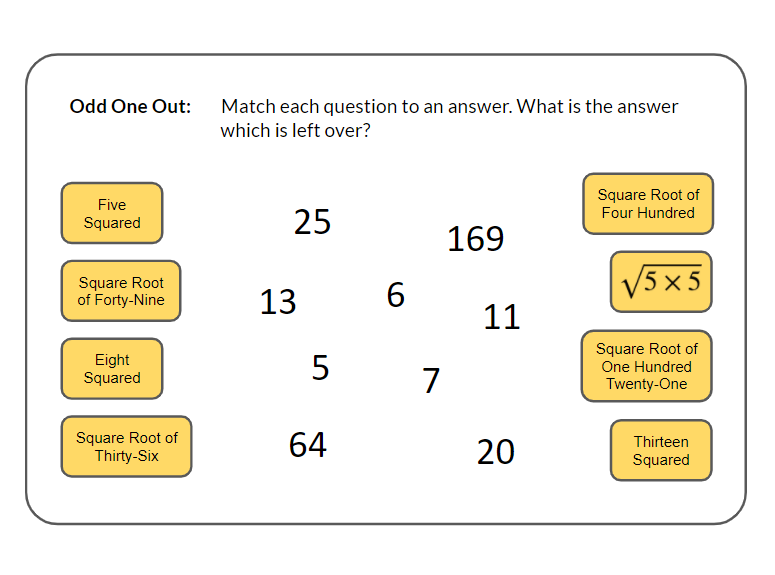
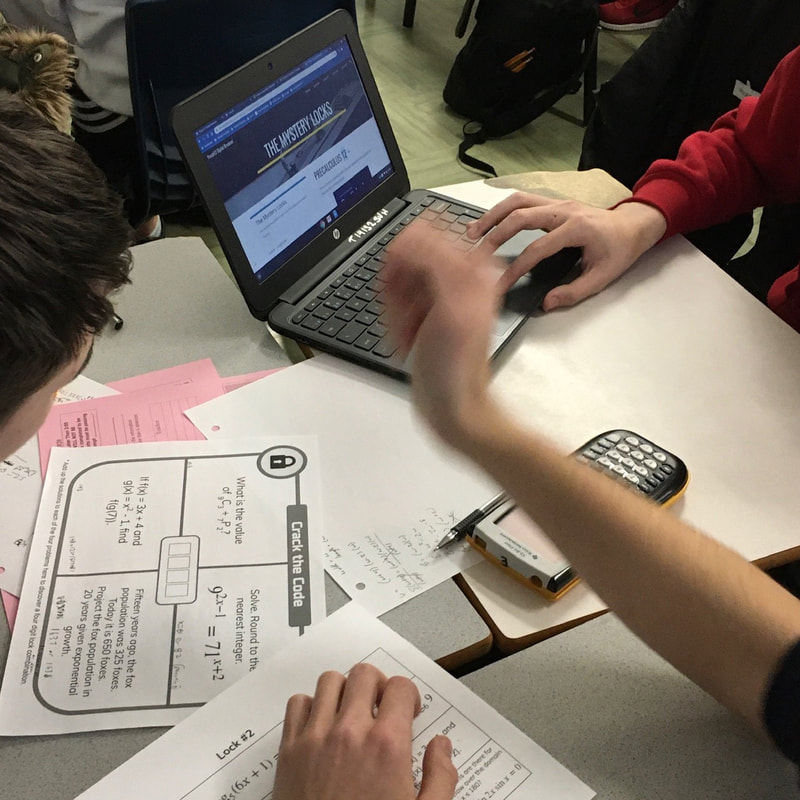
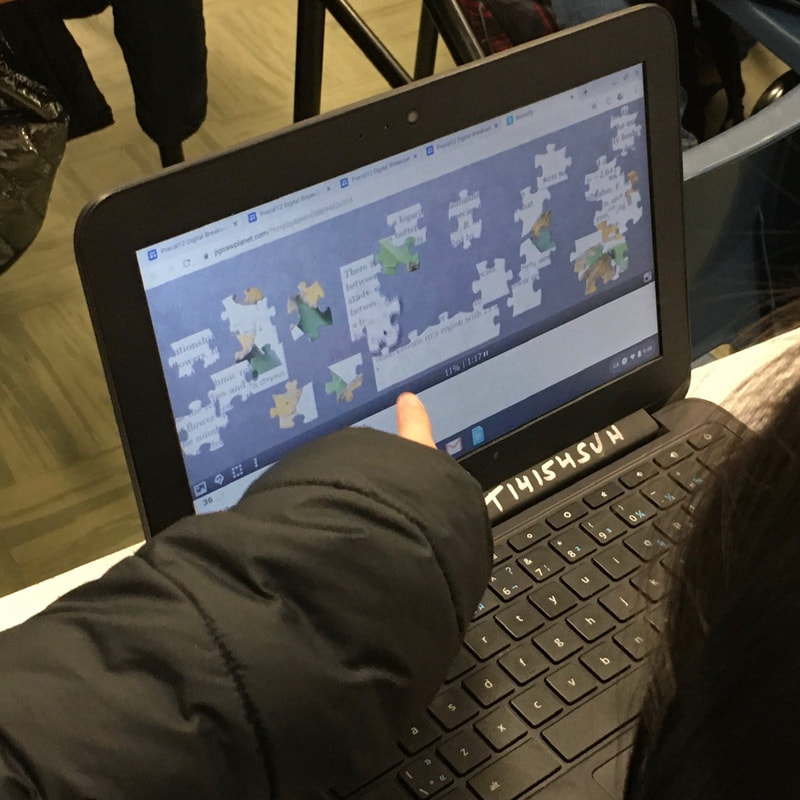
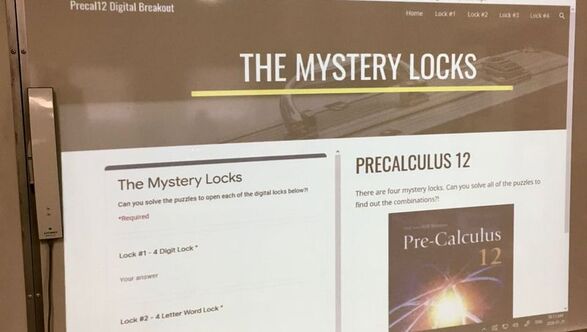
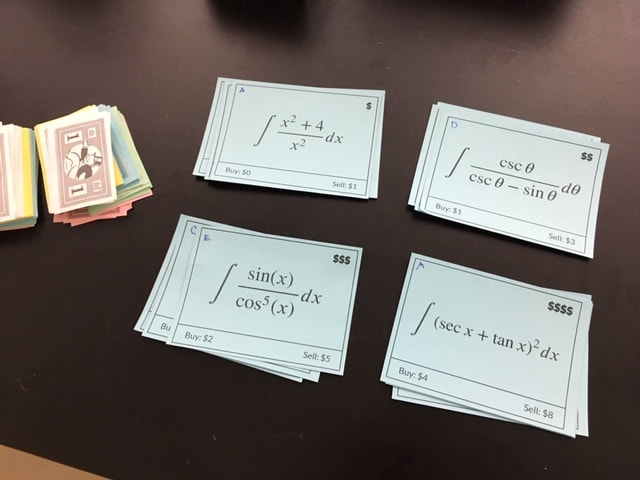
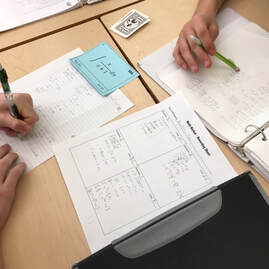
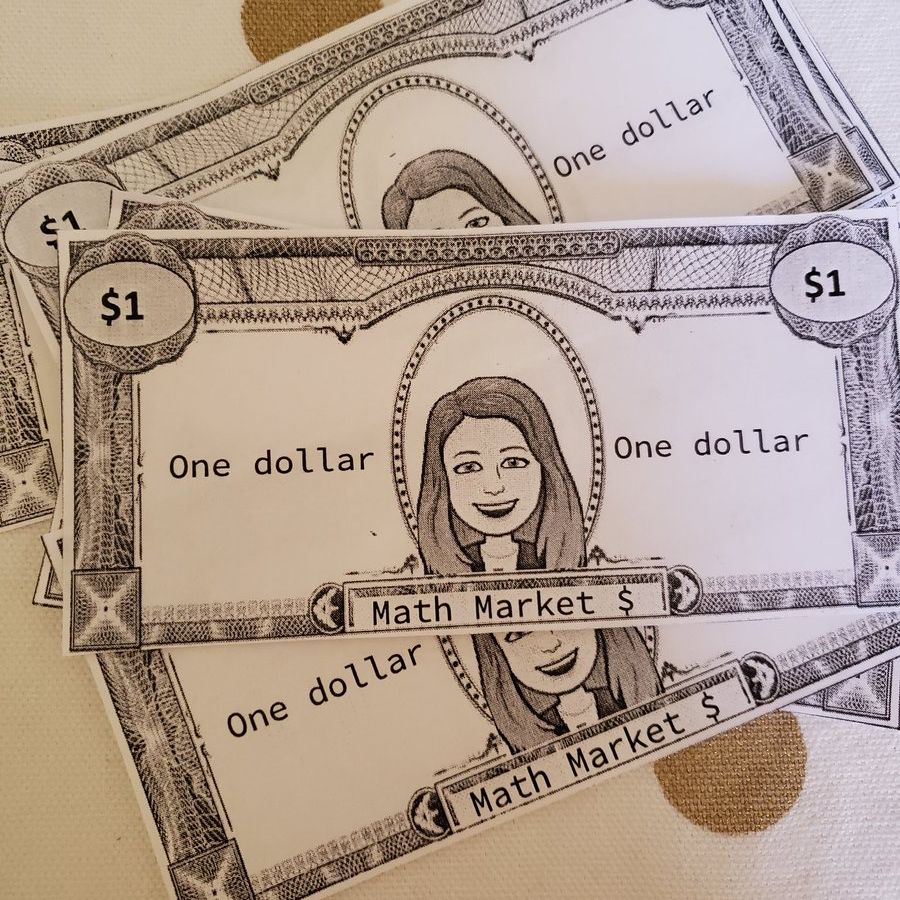
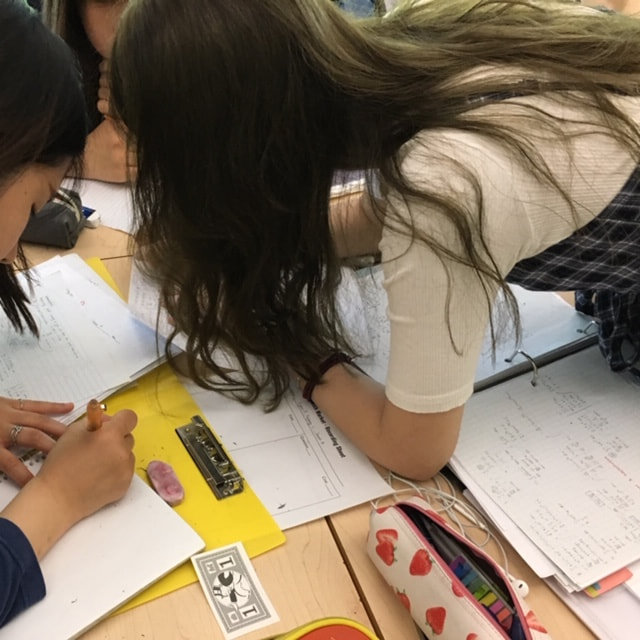
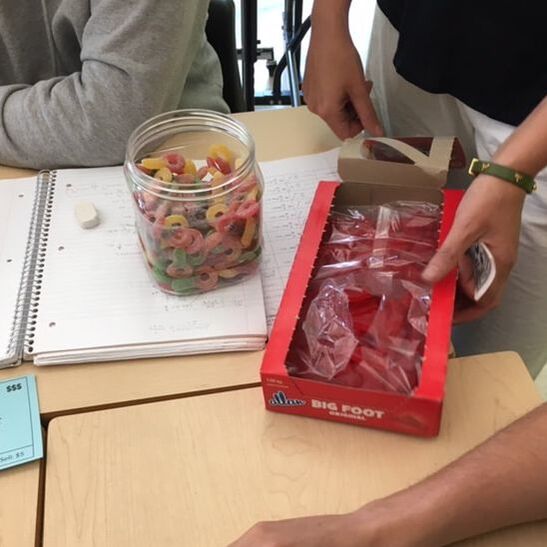
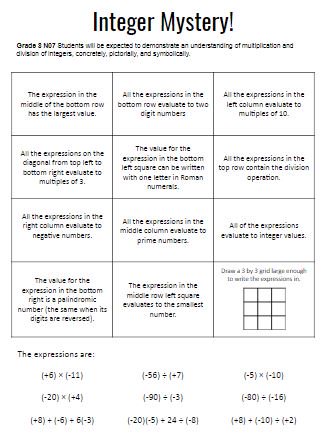
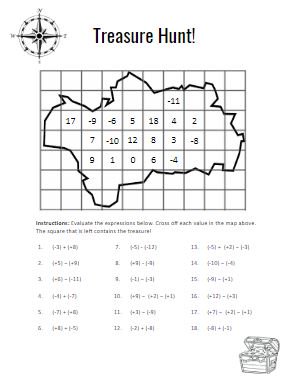

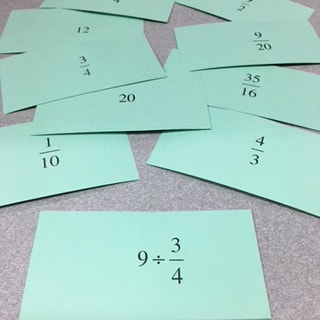
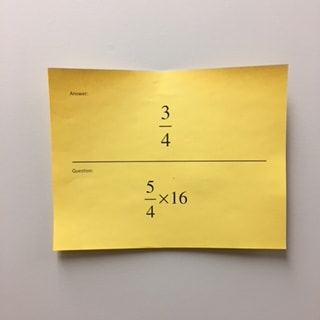
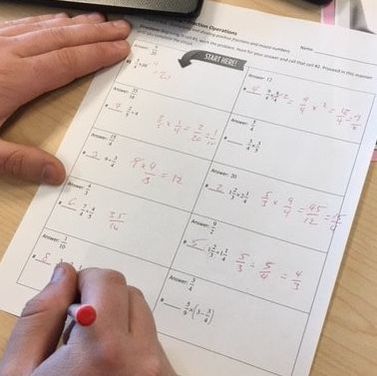
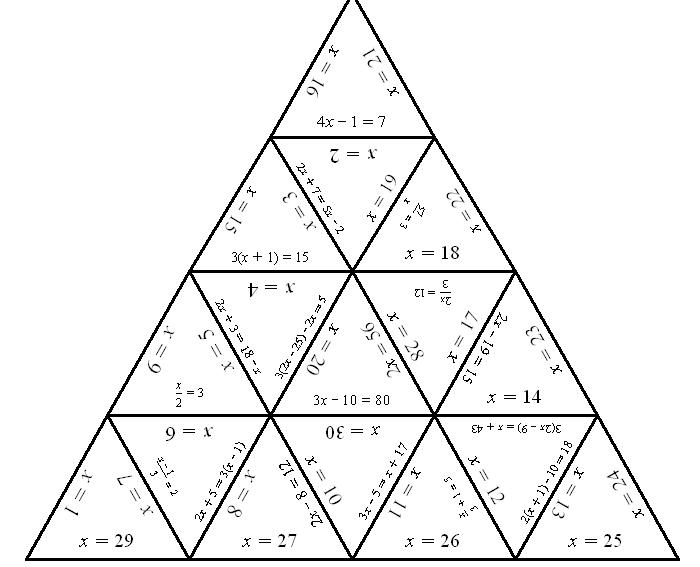
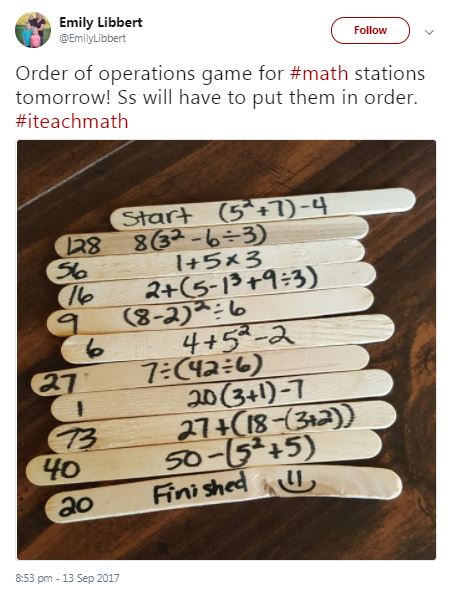
 RSS Feed
RSS Feed